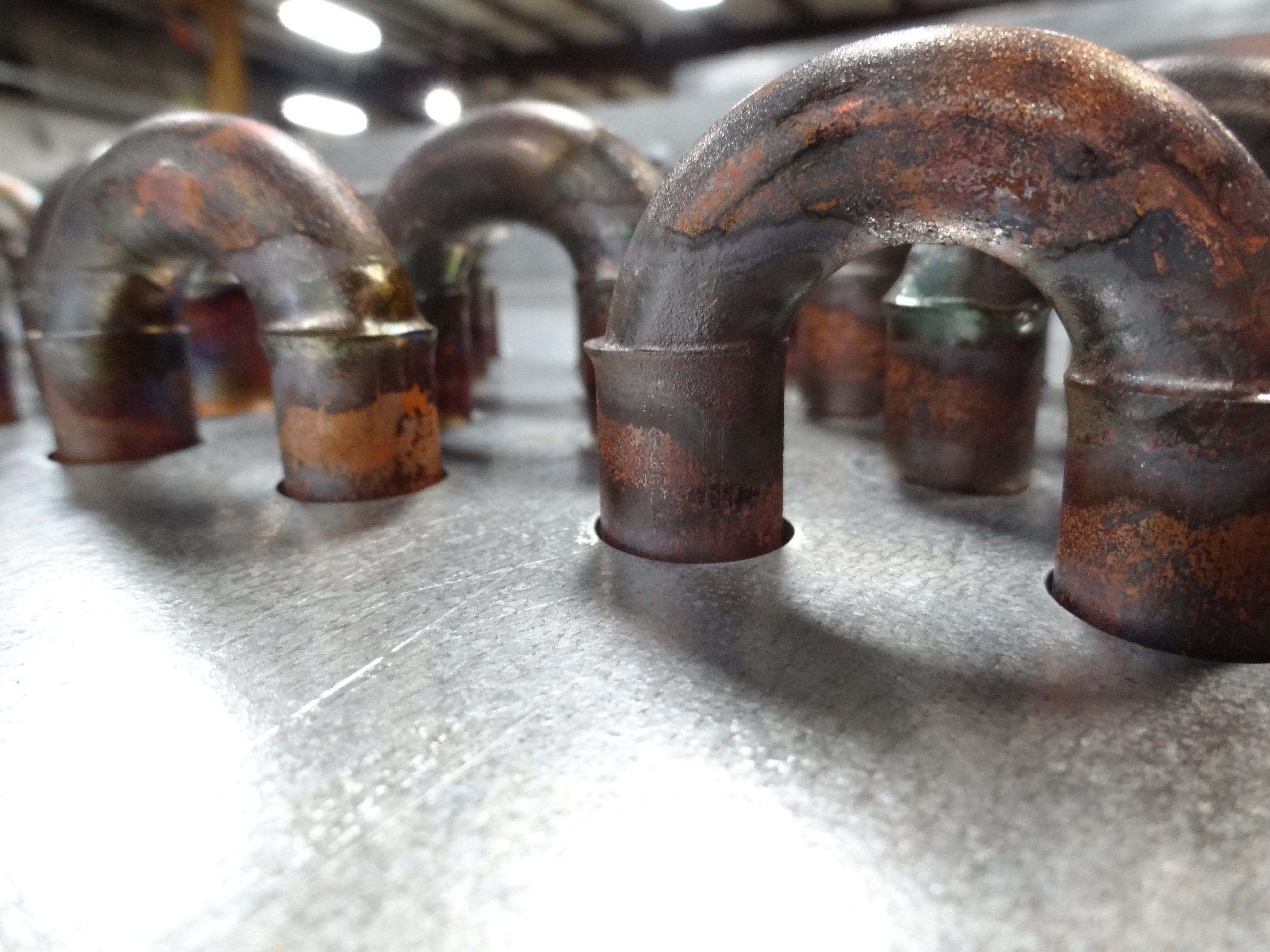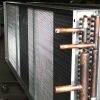Mainstream has been working with coils and air-handling equipment since 1992. In many cases, we’ve had to replace coils that have failed prematurely. There are many reasons HVAC coils prematurely fail. These five are some of the most common reasons we see.
1. Freezing
What exactly is a “frozen coil”? Many people are under the impression that a frozen HVAC coil means that the coil condensate freezes into ice, which then causes the tubes to swell and burst. What actually happens is the coil freezes in multiple areas at the same time. The pressure between these frozen areas causes the tube to bulge and eventually leak.
Since these kinds of leaks run along the length of the tube and not around it, this is relatively easy to spot. This should also encourage you to consider when you see “freeze-proof” coils. There are some “freeze-proof” coils on the market, but they require you to remove about 6 inches from the fin length to accommodate the freeze-proof application. Doing so may cause your coil’s performance to suffer, so do your research before proceeding.

2. Vibration
HVAC coils installed near equipment such as fans can be subject to vibration, resulting in coil leaks. To check if the vibration is the cause of a coil failure, look for leaks near the tube sheet that look like they are slicing through the tube.
If you see this happening, isolate the coils from the rest of the system to prevent causing further damage from vibration. Condenser coils are typically the most vulnerable to vibration.
3. Faulty System Design
It’s quite astounding (but also unfortunate) how many HVAC coils were not designed correctly for their systems. Many coil failures are because the coils were built incorrectly or were never designed correctly from the start.
4. Coil Clogging
It’s good practice to change your filters and clean your coils regularly. If you are not doing this, your coil will start to act as a filter itself, building up dirt. This blockage will prevent heat transfer and can cause a drop in performance of up to 40%.

5. Corrosive Environment
Corrosive environments include both the air outside and the air inside tubes. In some instances, (specifically in coastal areas where there is salt in the air), corrosive elements in the air will eat away at the copper tubes – no matter how thick your wall is.
To combat this, we recommend coating your HVAC coils. Coatings are generally budget-friendly and add minimally to lead time.
In addition to the outside air, untreated water and steam condensate can cause corrosion within the tubes. If you’ve had problems with steam coils in the past, pay attention. There’s a possibility that corrosive elements are in the steam and eating away at the copper tubes from the inside.
Summary
To summarize, there are lots of reasons for premature HVAC coil failure. The top 5 we’ve seen over the years are freezing, vibration, faulty system design, coil clogging, and a corrosive environment. Mainstream has over 30 years of experience with coils and fan wall sections and will walk you through resolving any coil problems that you are experiencing.




